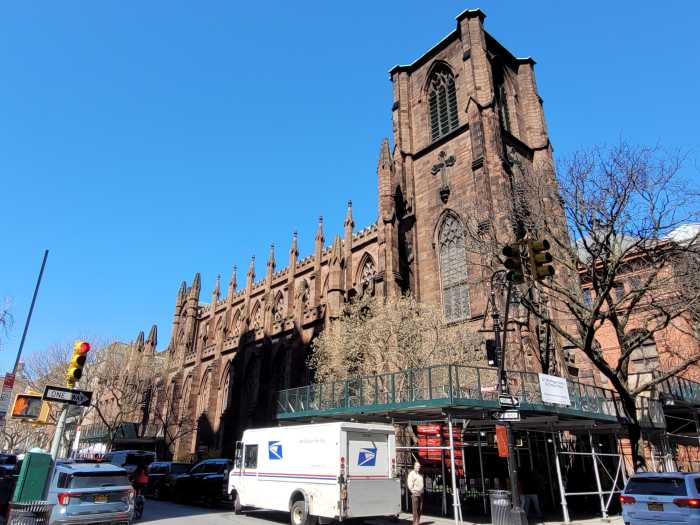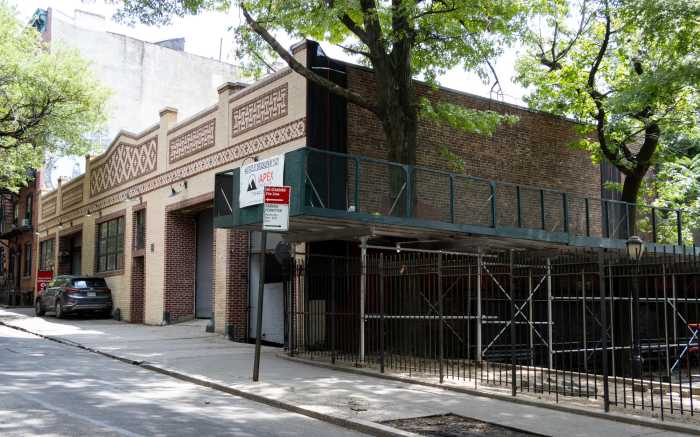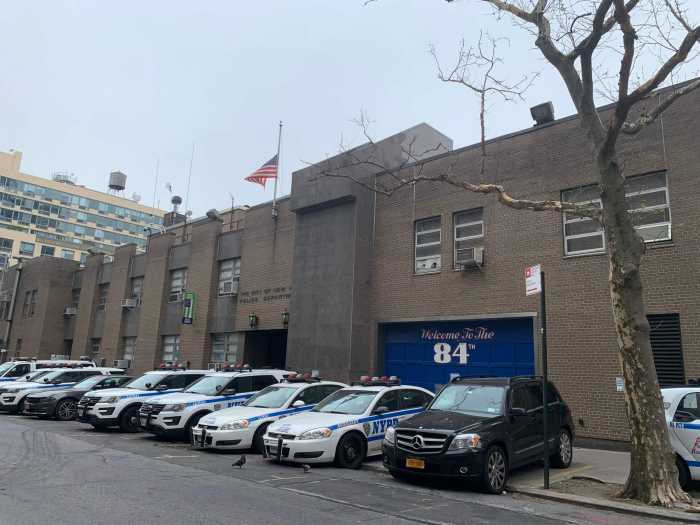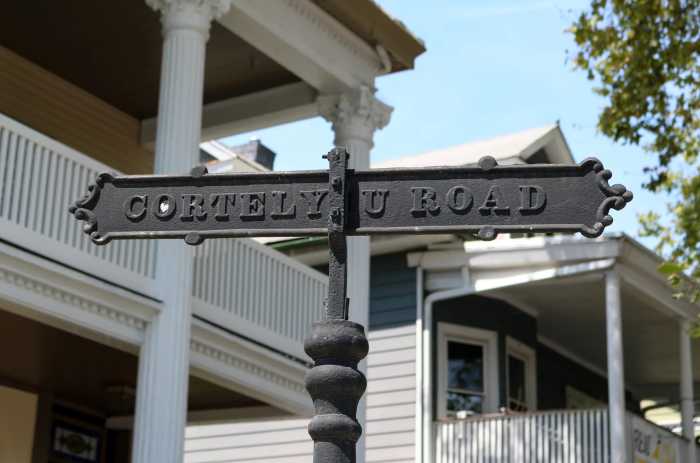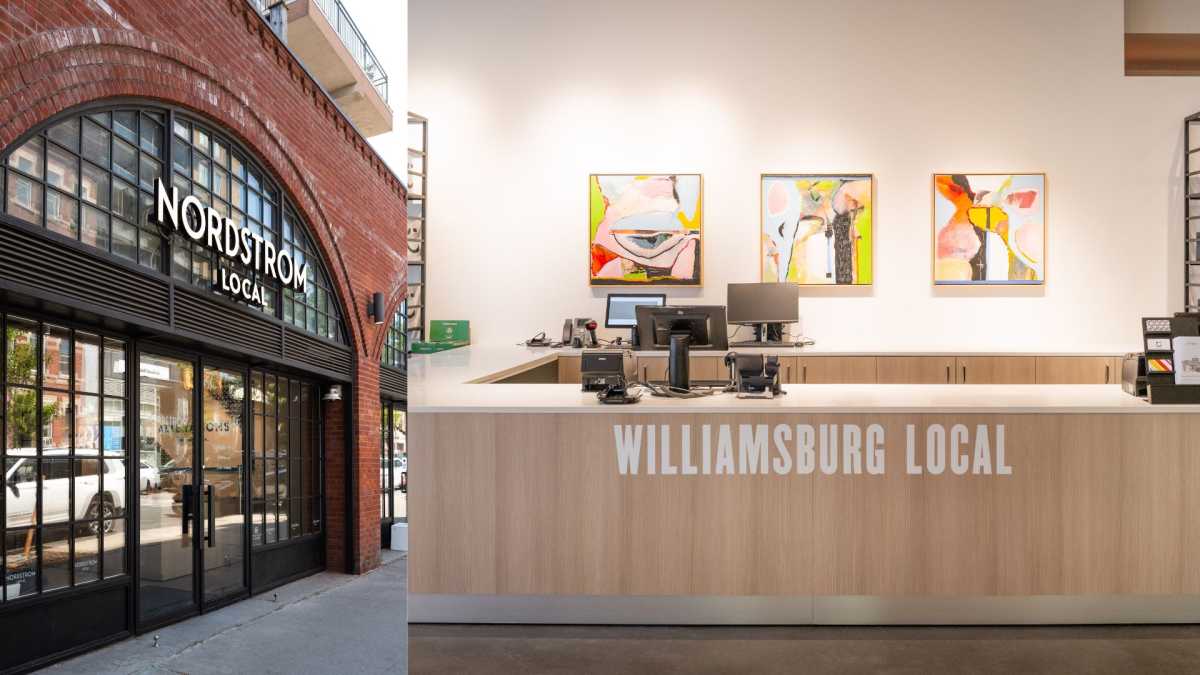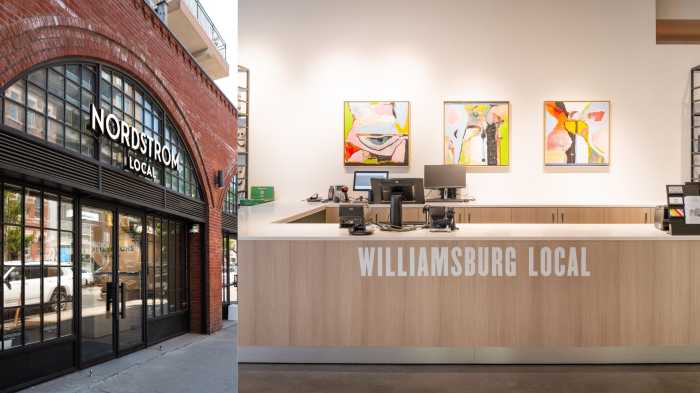Expanding the Carroll Gardens Historic District could chase out the last remnants of blue-collar families who once thrived here, opponents of the burgeoning preservation movement said this week.
Critics contend that the push to extend the district will be a hassle for homeowners, who will be forced to win the blessing ofthe city’s Landmarks Preservation Commission for all exterior work done on their property. Moreover, the work and materials are thought to be more expensive, and some contend that property taxes might rise on blocks that are landmarked.
“They are forcing more of the blue collar people out,” said John Esposito, a leading opponent of the initiative and lifelong Carroll Gardens resident and business owner. “I think this is an agenda to gentrify the neighborhood.”
Esposito helped form the group Citizens Against Landmarking and has been holding meetings at his Court Street pizza shop to help galvanize locals and learn more about the proposal. “People living on a fixed income can’t afford to pay the upkeep and they know that. What about the retired postman, factory worker or schoolteacher — people who made this neighborhood?”
The Carroll Gardens Neighborhood Association has taken up the proposal, which initially was introduced in 2007 in response to a spreading wave of residential development, which the group felt threatened to engulf the neighborhood with out-of-scale buildings. A survey the group conducted at the time showed that while many in the neighborhood expressed real concern with new buildings being constructed, many did not understand landmarking, which can add a layer of protection from wildly out of character buildings. “We think it’s worth explaining,” said Glenn Kelly, co-chair of the group’s Land Use Committee.
“We have not taken any definite action towards this,” Kelly insisted at the group’s Dec. 21 meeting, where tempers flared when the matter was discussed.
District boundaries will eventually be submitted to the commission, and if the agency says the proposal is viable, the civic group will convene a series of public meetings.“There is no doubt that some are against it, but a large majority will be in the middle,” Kelly said.
Longtime Degraw Street resident Michael Cassidy said he’s not worried about his taxes going up, but he is concerned about the added expense for home repairs. “I don’t think a lot of people realize the extra cost it will be to do any work on their houses,” said Cassidy, a retired makeup editor for The New York Times. “Landmarks tells you what kinds of windows and doors you can put in,” he said.
Elisabeth de Bourbon, a spokesperson for the commission told this paper last month that her agency is in the early stages of evaluating the district, but it has yet to survey the area or meet with property owners, typically the first steps in the process.
Katia Kelly said she’s lived on a landmarked block for 25 years, and has not witnessed the real estate tax increases and blue collar flight critics forecast. “I had just as many working class neighbors as anyone else. Its just a fact that the demographics are changing — but that is happening all over the neighborhood. I don’t think I have more or less working class neighbors because of landmarks,” she said.
Kelly said she’s hopeful that the more information is disseminated, the better — and calmer — things will be. “I feel there’s a very small group of people that loves to come to these meetings and throw accusations around without ever doing their homework,” she said.
If history is a guide, then enlarging the historic district shouldn’t spell the doom for the neighborhood, according to longtime local activist and funeral home owner Salvatore “Buddy” Scotto. In 1973, Carroll and President Streets between Smith and Hoyt Streets were landmarked, with no ill-effect, he noted. “Not one home complained to me that landmarks was a hindrance to them,” Scotto said, adding that claims that taxes would increase are just not so. “They are pleased to have a lot of pride in their block,” he said.
But Esposito said he’s heard differently. Like the supporters of the initiative, Esposito said he too plans to take to the streets to weigh the sentiment of his neighbors. “We’ll be knocking on their doors,” he vowed.


